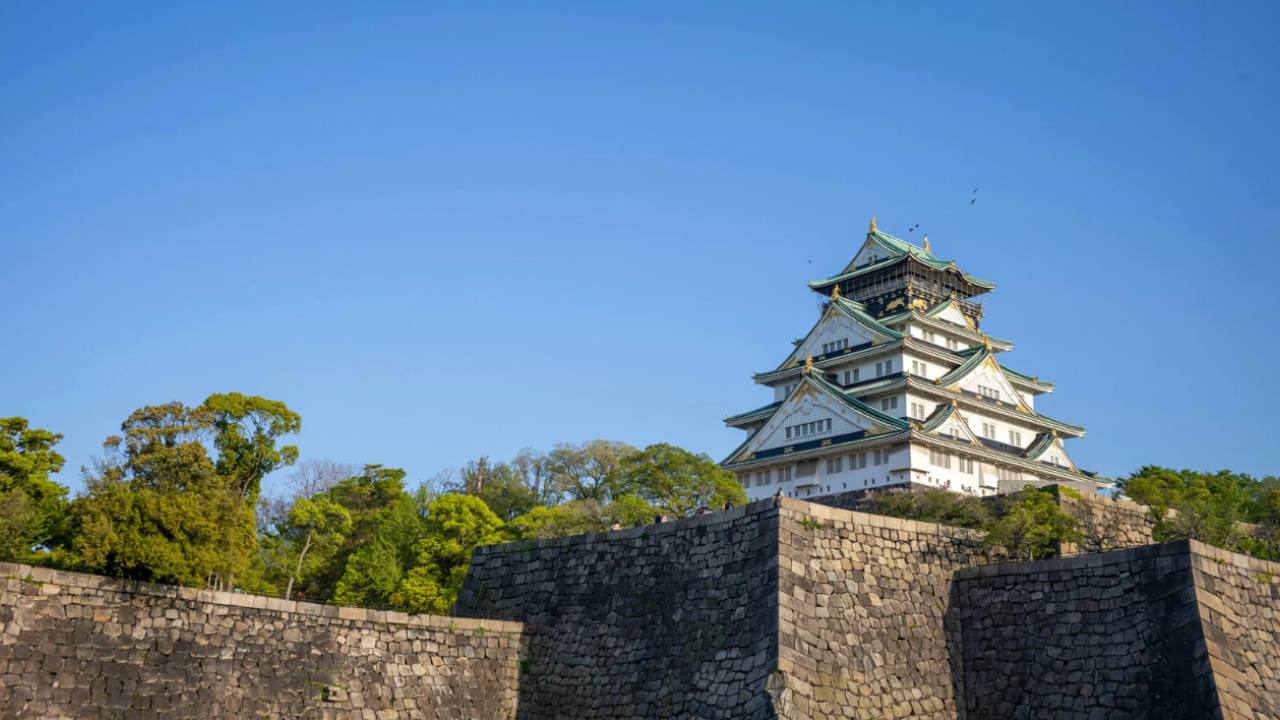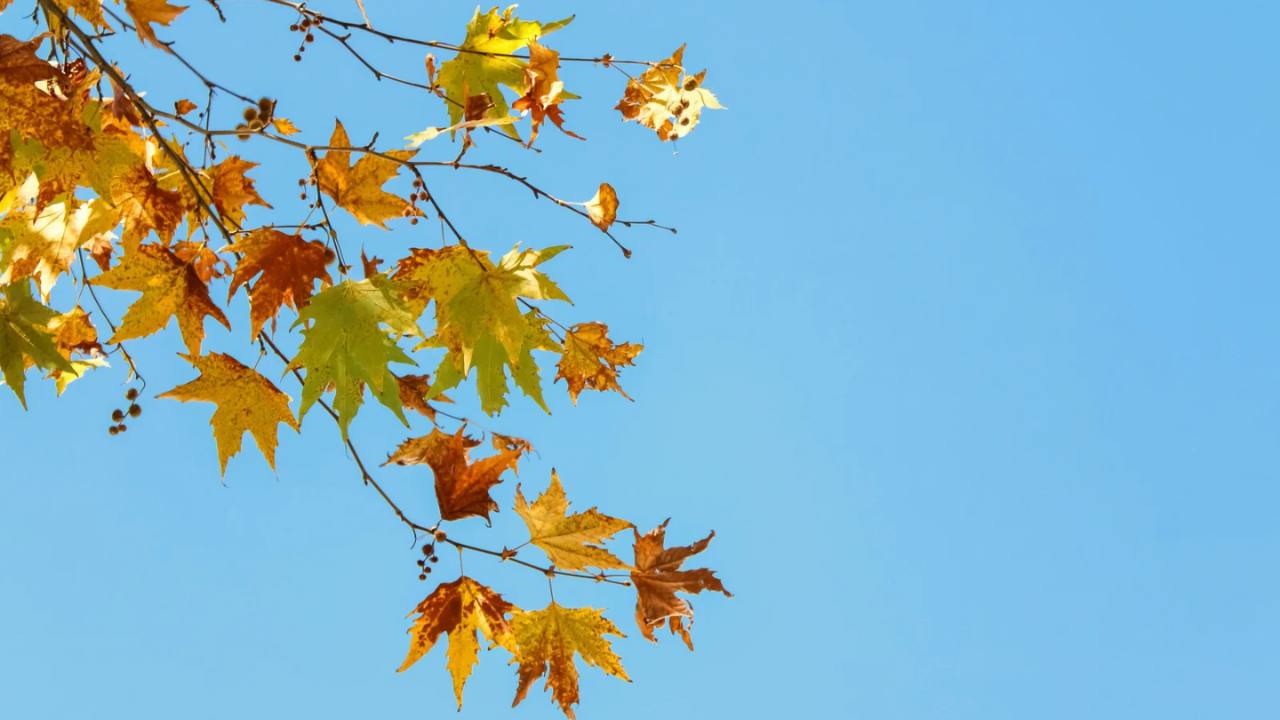京都で仏像を拝む - Worshipping buddhas in Kyoto -
やっと秋も深まってきましたね。街のあちらこちらで紅葉(こうよう)が見られて、うれしい気分です。この「紅葉」という漢字、「こうよう=葉が色づくこと」と読むときもあるし、「もみじ=🍁楓/カエデ類の葉の総称」というときもあります。
Finally, the autumn has come. In town, you can see the coloured leaves here and there and they make me feel so happy. These kanjis, "紅葉", are read as both "Kouyou = leaves colouring in autumn" and "Momiji = the generic name for maple leaves".
さて、今週私は夫と娘と、京都へ行ってきました。娘は大学生で仏像に興味をもっていたのでいくつかお寺を巡りました。(行ったのは、高雄山の神護寺、京都市内の三十三間堂、千本釈迦堂、六波羅蜜寺です)。私は今まで行ったことがあったのですが、きちんと仏像の勉強をしたことがなかったので、あまり区別がつきません。そこで、娘が読んでいた本を借りて私も勉強しました。そうしたら、急に面白くなったんです!
This week, I went to Kyoto with my husband and daughter. She is a university student and interested in buddhas, so we visited some temples (we visited Jingoji at Mt.Takao, Sanjusangendo, Senbon-shakadou and Rokuhara-mitsuji in Kyoto city). I had been to those temples, but not studied about buddha statues properly, so I didn't recognise them in details. So, I borrowed her book she was reading, and studied, too. And suddenly, it became so interesting!
仏像には階層があって、(1) 一番上が悟りを開いた「如来」(釈迦如来、阿弥陀如来、薬師如来)、(2) その次が悟りを開くために修行中で人々を救ってくれる「菩薩」(観音菩薩、地蔵菩薩、文殊菩薩、など)、(3) 仏の教えに従わない人を懲らしめる「明王」(不動明王、愛染明王など)、(4) そして人々に現世利益を与える神々の「天部」(梵天、帝釈天、金剛力士など)という4つのグループに分かれているそうです。
There is a hirerarchy for buddhas and they are divided into 4 groups: 1) the top is "Nyorai", the ones who have got enlightenment (Shaka-nyorai, Amida-nyorai, Yakushi-nyorai), 2) the next is "Bosatsu", the ones who are still learning for enlightenment but also saving people (Kannon-bosatsu, Jizo-bosatsu, Monju-bosatsu, etc.), 3) "Myo-ou", the ones who punish people not obeying Buddha's teaching (Fudo-myo-ou, Aizen-myo-ou, etc.) and 4) "Tembu", the ones who give people the profit in this world (Bonten, Taishakuten, Kongo-rikishi, etc.).
どうですか?これを知っただけでも、今見ている仏像はどのくらい偉い仏様なのだろう?と興味が湧きませんか?それぞれの仏様の形や飾りで位はわかるそうで、そうした見方をするとだんだん楽しくなってきました。
How about it? By knowing only these, doesn't it become interesting to observe buddhas, wondering how great this buddha is? Apparently, you can distinguish them by their shapes and decorations. I gradually found it interesting to observe them like this.
もっと知りたいことがあったら、ぜひこのメールに返信(ブラウザで見ている方はコメント欄で)して質問してくださいね。そして次回、日本にいらしたときはぜひ、お寺をのぞいて(京都だけでなく多くの地域で)お気に入りの仏像を見つけてみてくださいね!
If you want to know more, please reply to this email (or comment on the website) and let me know your questions. So, when you come to Japan next time, please have a look into a temple (not only in Kyoto, but in many areas) and find your own favourite buddha!






Responses